If you've ever felt like your barbell lifts have hit a plateau, or you're just looking for a way to challenge your muscles differently, resistance bands might be your new best training partner. Combining resistance bands with a barbell might look a bit unusual at first—but trust us, it's one of the smartest ways to supercharge your lifts, boost power, and improve muscular control.
In this guide, we'll walk you through everything you need to know about using resistance bands with a barbell—from the benefits and setup to specific exercises and safety tips. Let's dive in!
Why Combine Resistance Bands with Barbells?
At first glance, resistance bands and barbells seem like tools from different worlds—one elastic and mobile, the other rigid and grounded. But when paired together, they create what's known as accommodating resistance.
Here's the big idea: with resistance bands, the load increases as the band stretches. That means the resistance gets tougher at the top of your lift (where you're typically strongest) and lighter at the bottom (where you're usually weakest). This variation forces your muscles to work harder through the entire range of motion, especially at lockout points where many lifters struggle.
Key Benefits:
- Improved strength curve: Targets weak points more effectively.
- Increased time under tension: Promotes hypertrophy.
- Enhanced stability: The pull of the bands challenges your control and balance.
- Overcoming plateaus: New stimulus equals new growth.
Who is this for? While anyone can experiment with bands, this technique shines for intermediate to advanced lifters who want to level up their power, speed, and explosiveness.
What Equipment Do You Need?
Before you start banding up your barbell, you'll need the right gear. Here's your checklist:
Essential Items:
- Barbell: Olympic standard is ideal.
- Plates: Bumper or iron, depending on the lift.
- Resistance Bands: Loop-style bands (e.g., powerlifting bands) work best. Start with light to medium resistance.
Anchor Points:
- Power rack band pegs (ideal)
- Heavy dumbbells
- Barbell loaded with plates (for anchoring)
Safety Accessories (recommended):
- Lifting platform
- Band pegs or hooks
- You can use wrist wraps to protect your wrists
Make sure your bands are durable and not frayed—safety first!
How Resistance Bands Enhance Barbell Training
You might be wondering: can't I just add more weight to the bar? Sure, but the way bands work makes the lift more dynamic and functional. Here's why:
The Strength Curve Explained:
Most compound lifts like squats, bench press, and deadlifts have a "strength curve." You're weaker at the bottom and stronger at the top. Resistance bands complement this by:
- Reducing load at the bottom, allowing safer range of motion.
- Increasing load at the top, forcing you to accelerate and engage stabilizers.
This method is especially useful for explosive strength training (like for athletes), or for bodybuilders aiming to maximize muscle contraction and control.
How to Attach Resistance Bands to a Barbell
Setting things up properly is crucial—not just for performance, but for your safety and the longevity of your equipment.
Step-by-Step Setup:
-
Choose Your Anchor Point
- For squats and bench press: Use the pegs on a power rack.
- For deadlifts: Loop the bands under heavy dumbbells or another loaded barbell.
-
Attach the Band
- Loop one end of the band around the anchor point.
- Pull the other end up and loop it around the barbell sleeve, just inside the collar.
-
Ensure Equal Tension
- Do the same on the opposite side.
- Check that both bands are the same length and tension level. Uneven bands can throw off your lift and lead to injury.
-
Safety Check
- Make sure the bands are flat, not twisted.
- Ensure the barbell is evenly loaded with plates before starting your lift.
Pro Tip: If you don't have access to band pegs, anchor your bands using heavy dumbbells or kettlebells. Just make sure they're heavy enough to stay in place.
Top Exercises Using Resistance Bands with Barbell
Now for the fun part—actual lifts! Here are the best exercises to do with resistance bands and a barbell, plus how to perform them properly.
Barbell Squats with Bands
Setup: Attach bands to the base of a power rack and loop them over each end of the barbell. Step under and position the barbell on your back as usual.
Execution:
- Keep your core tight and back straight.
- Descend into a squat. At the bottom, the band tension is light.
- Drive up explosively—the bands add resistance at the top.
Benefits:
- Builds powerful lockout strength
- Improves glute and quad engagement
- Encourages speed and control
Barbell Bench Press with Bands
Setup: Lie on a bench in a rack with pegs or dumbbell anchors. Loop bands over both sides of the barbell.
Execution:
- Lower the bar slowly to your chest.
- Press up with power—the bands stretch and increase tension as you press.
Benefits:
- Improves triceps lockout strength
- Reduces shoulder strain at the bottom
- Enhances bar path control
Barbell Deadlifts with Bands
Setup: Anchor bands to dumbbells or a rack base. Step inside the bands and attach them to the barbell.
Execution:
- Get into your regular deadlift position.
- Pull the bar from the floor. The resistance grows as you rise.
Benefits:
- Trains explosive hip extension
- Reinforces strong lockout mechanics
- Builds speed off the floor and at the top
Barbell Overhead Press with Bands
Setup: Use a rack or loop bands under your feet (advanced version). Loop the bands to each sleeve of the bar.
Execution:
- Press the bar overhead while keeping your core tight.
- Lock out at the top, controlling the band's upward pull.
Benefits:
- Strengthens stabilizer muscles
- Builds top-end shoulder and tricep power
- Enhances balance and core engagement
Programming Tips: How to Use Bands Effectively
Using resistance bands with a barbell isn't about making your workout look more intense—it's about progressing in a smart and controlled way. Here's how to incorporate bands safely and effectively into your training program.
When to Use Resistance Bands
Consider adding bands to your barbell exercises during the following training phases:
- Strength-Building Phases: Bands can help you break through plateaus by increasing top-end resistance.
- Hypertrophy Training: Use them as a variation to increase time under tension and muscle activation.
- Explosive Power Work: Bands challenge your speed and stability, making them ideal for dynamic training.
- Deload Weeks: Maintain intensity with bands while reducing total plate weight, easing joint stress.
Choosing the Right Band Resistance
Select a band based on your strength level and the type of lift:
- Light Bands: Add approximately 15 to 30 pounds (6.8 to 13.6 kg) of resistance.
- Medium Bands: Add around 30 to 50 pounds (13.6 to 22.7 kg) of resistance.
- Heavy Bands: Provide over 50 pounds (22.7 kg) of resistance. Recommended for advanced lifters only.
Note: It's always better to start with a lighter band. The resistance increases as the band stretches, which can add up quickly and affect form.
Sample Resistance Band Programming
Below are example workouts showing how to pair band resistance with barbell training. Percentages are based on your one-repetition maximum (1RM).
-
Barbell Squats with Bands
Perform 4 sets of 5 repetitions using 65% to 75% of your 1RM plus light resistance bands.
-
Barbell Bench Press with Bands
Perform 3 sets of 6 repetitions using 60% to 70% of your 1RM plus medium resistance bands.
-
Barbell Deadlifts with Bands
Perform 5 sets of 3 repetitions using 70% of your 1RM plus light to medium resistance bands.
Common Mistakes to Avoid
Using bands improperly can backfire—here are the biggest mistakes lifters make:
-
Uneven Tension
Leads to bar imbalances and poor form.
-
Too Much Resistance
If you can't control the lift, the band is too heavy. More resistance doesn't equal better results.
-
Poor Anchoring
A loose band anchor can snap or shift mid-lift. Always double-check stability.
-
Skipping Form
Don't use bands as an excuse for poor mechanics. Maintain proper technique!
Conclusion: Get Stronger, Smarter, and More Explosive
Resistance bands and barbells are a match made in strength-training heaven. Whether you're chasing a new PR, building muscle, or just adding variety to your routine, this combo offers a dynamic and effective way to train smarter.
Remember: start light, focus on control, and build up gradually. With consistent effort, you'll develop explosive power, rock-solid form, and next-level gains.
So next time you step into the gym, don't just load up the bar—band it up and unlock a whole new level of training.

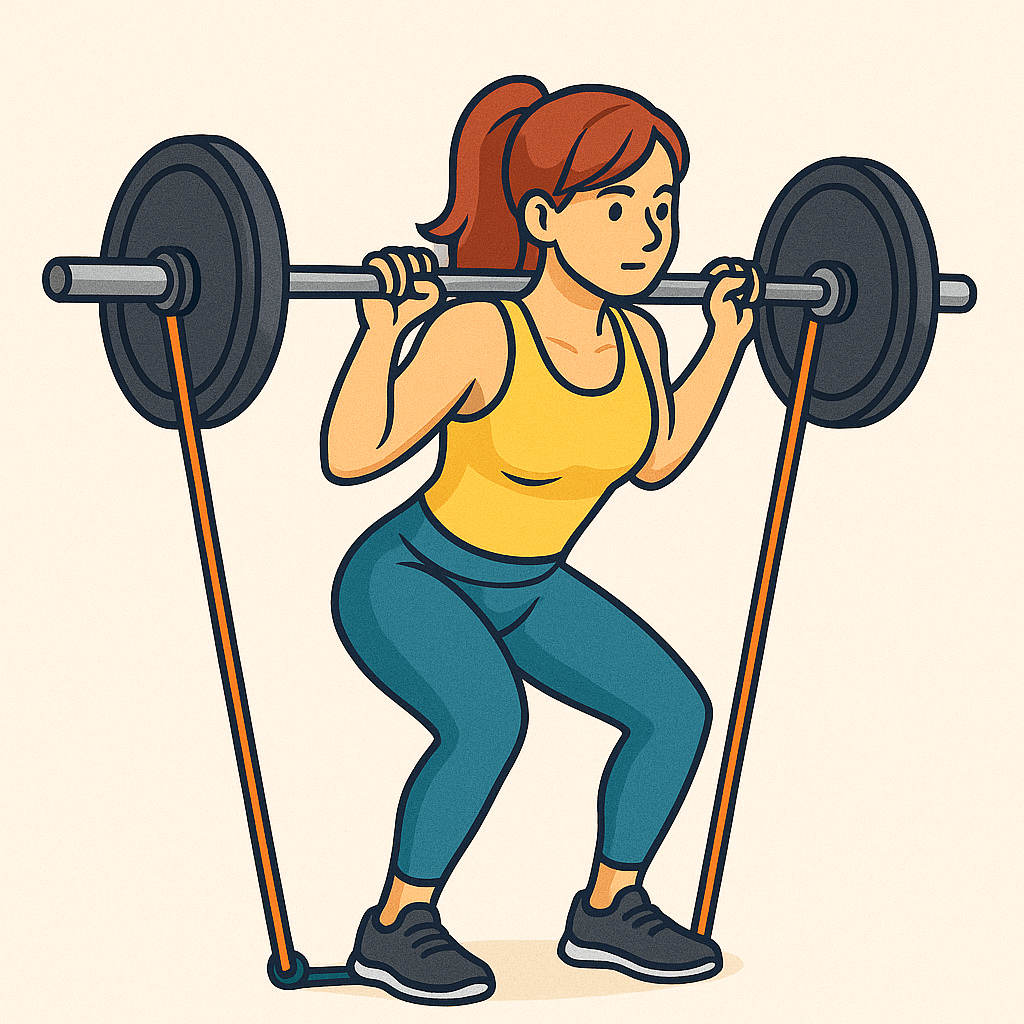
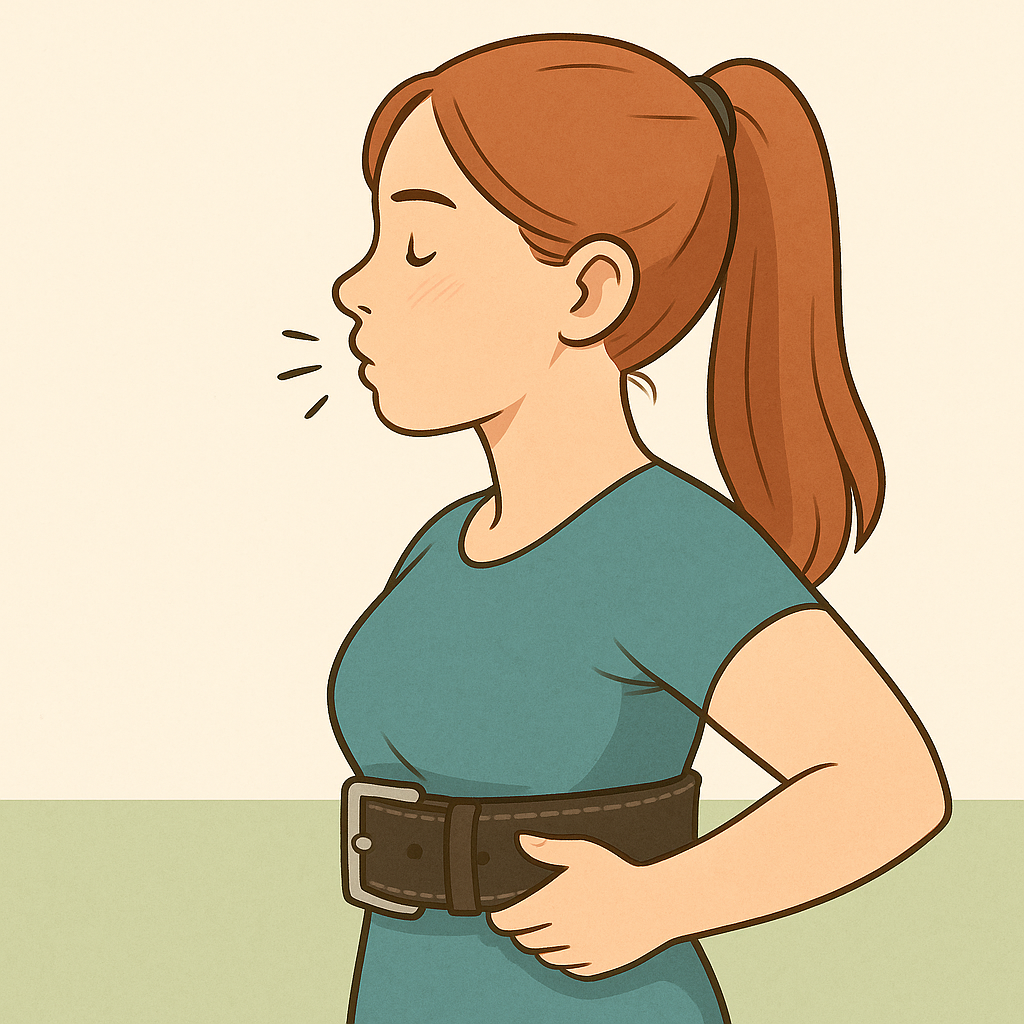
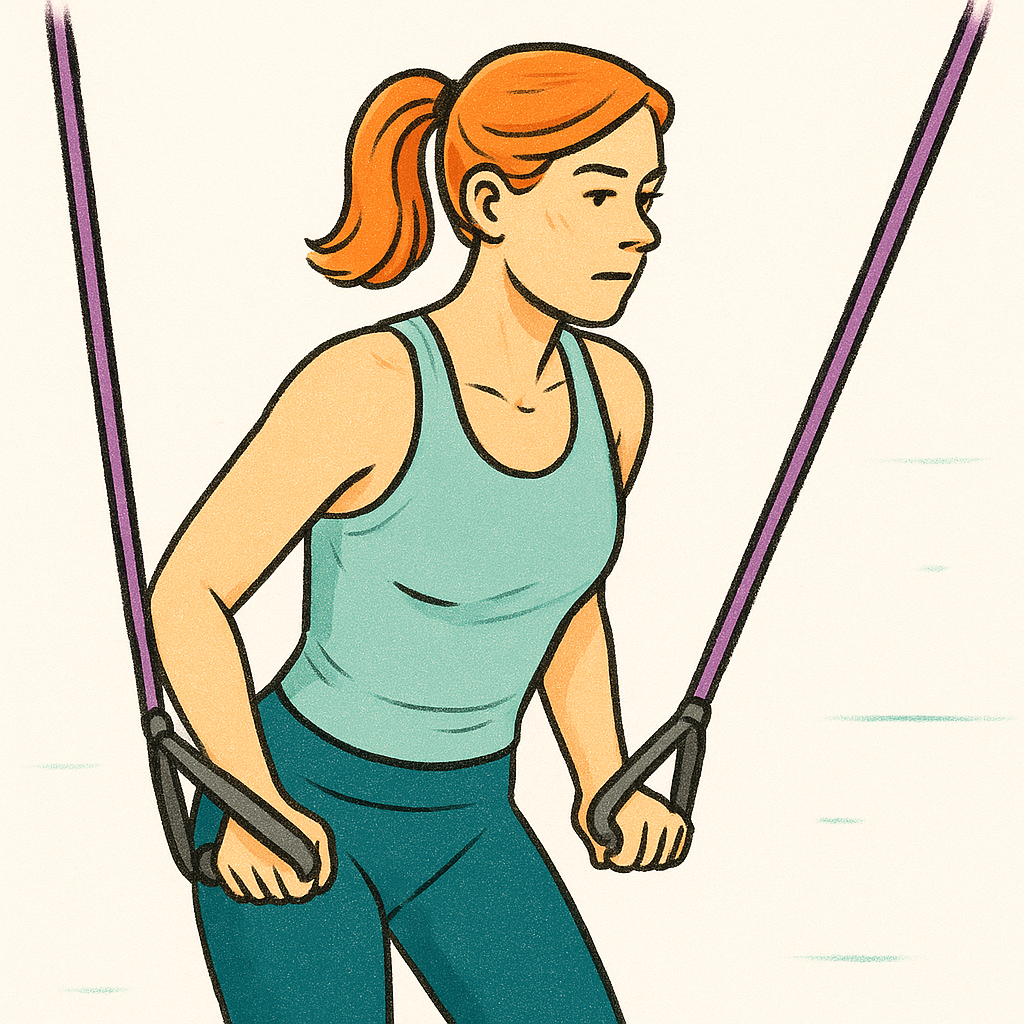
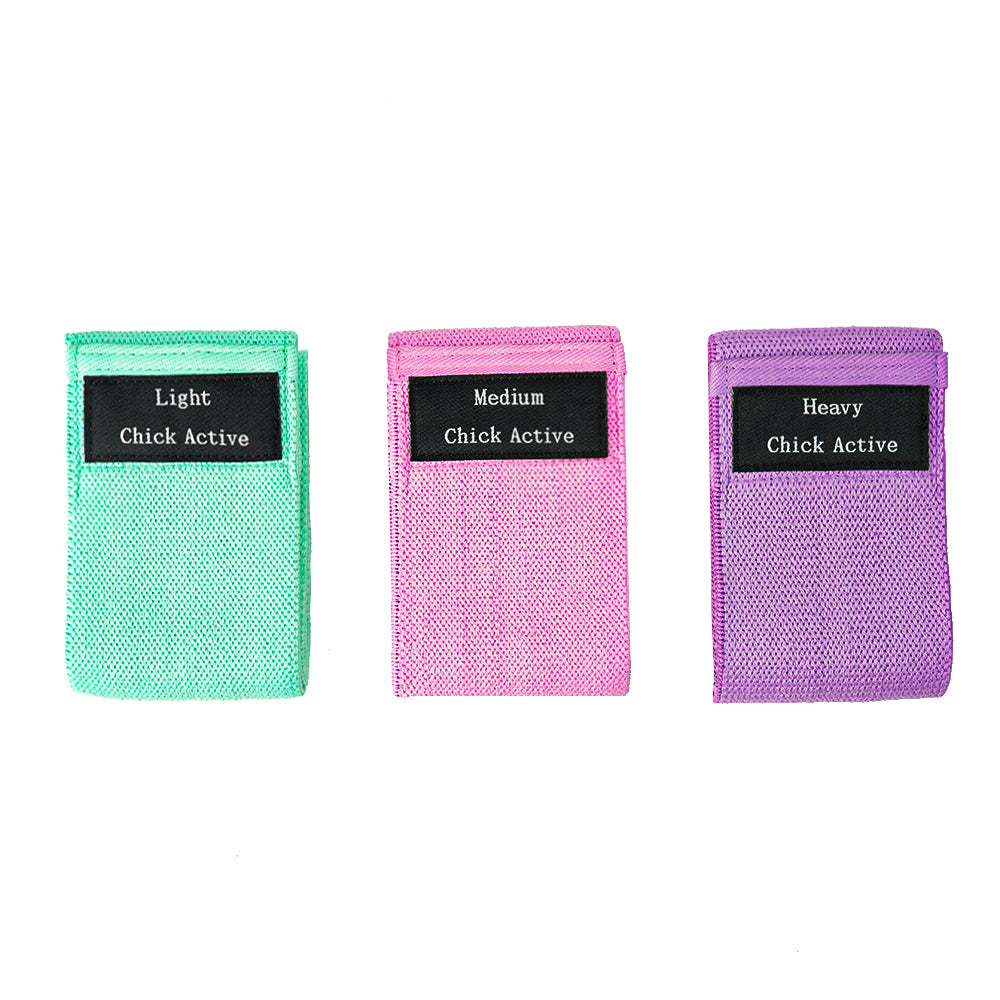
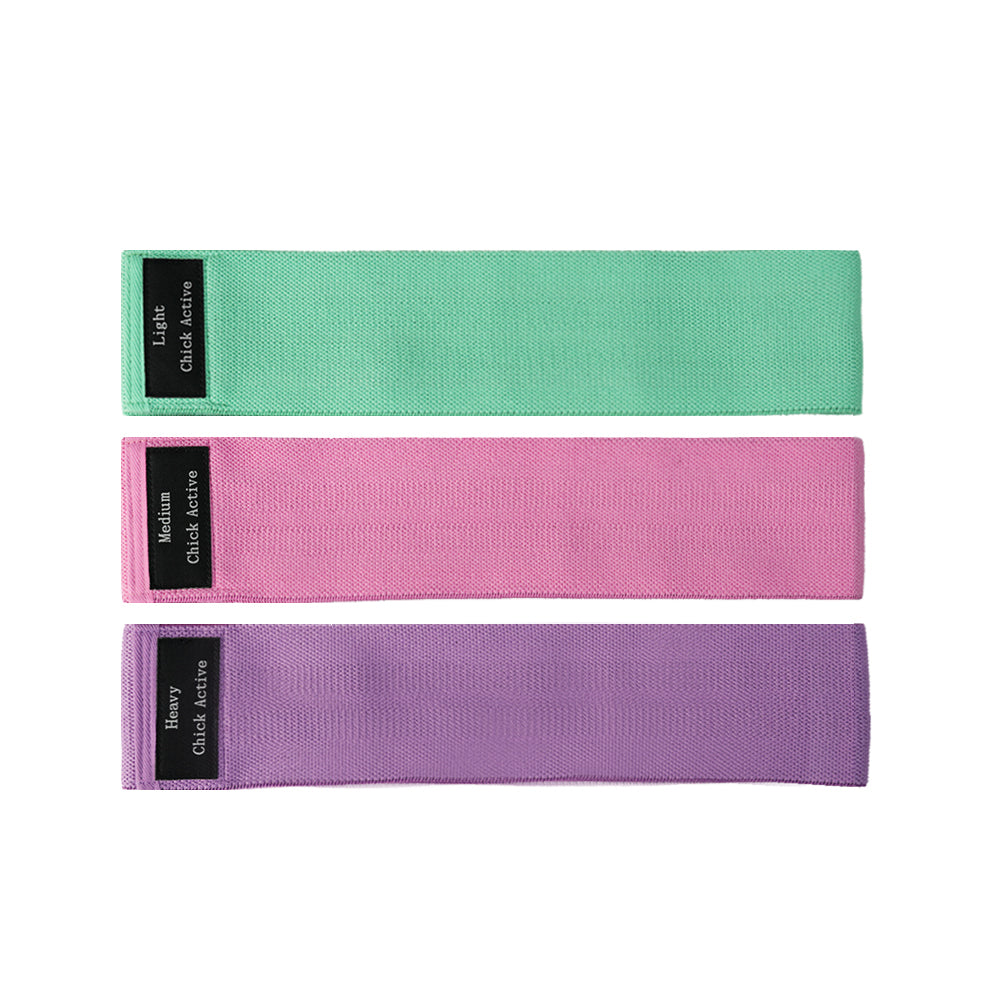


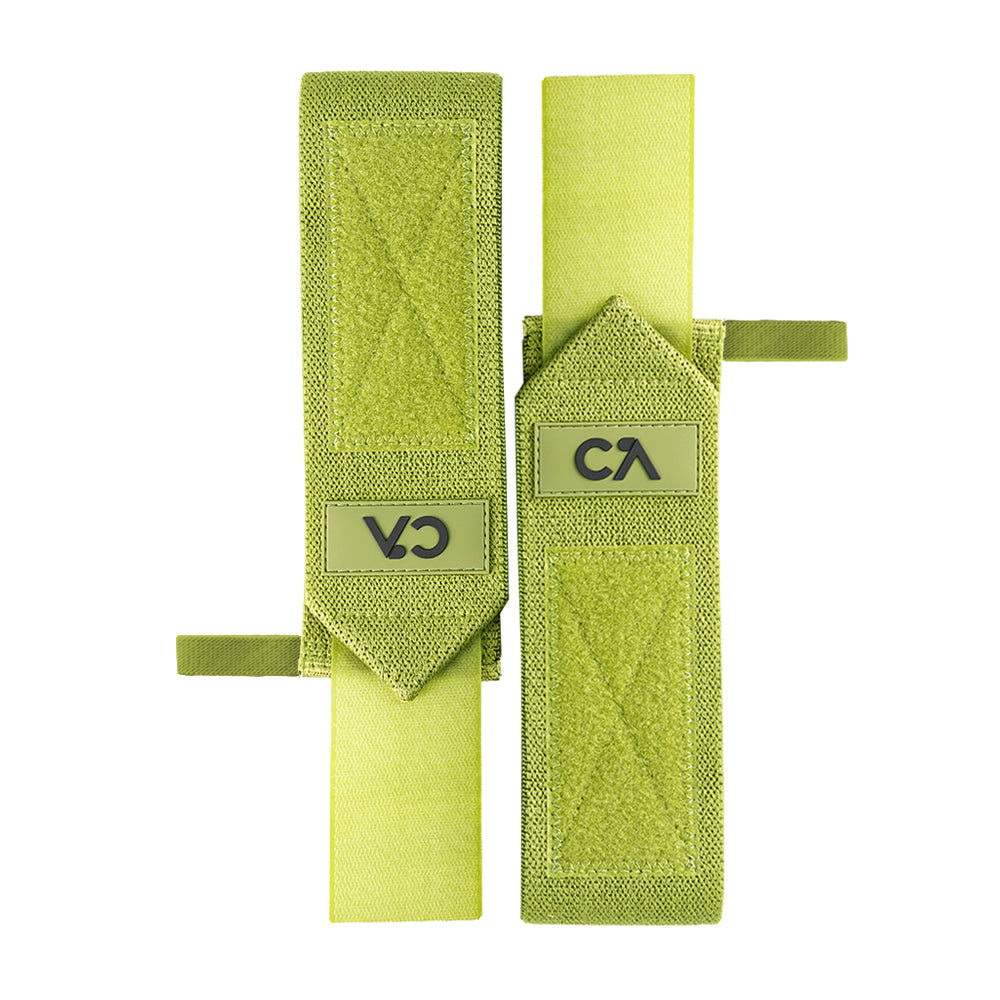
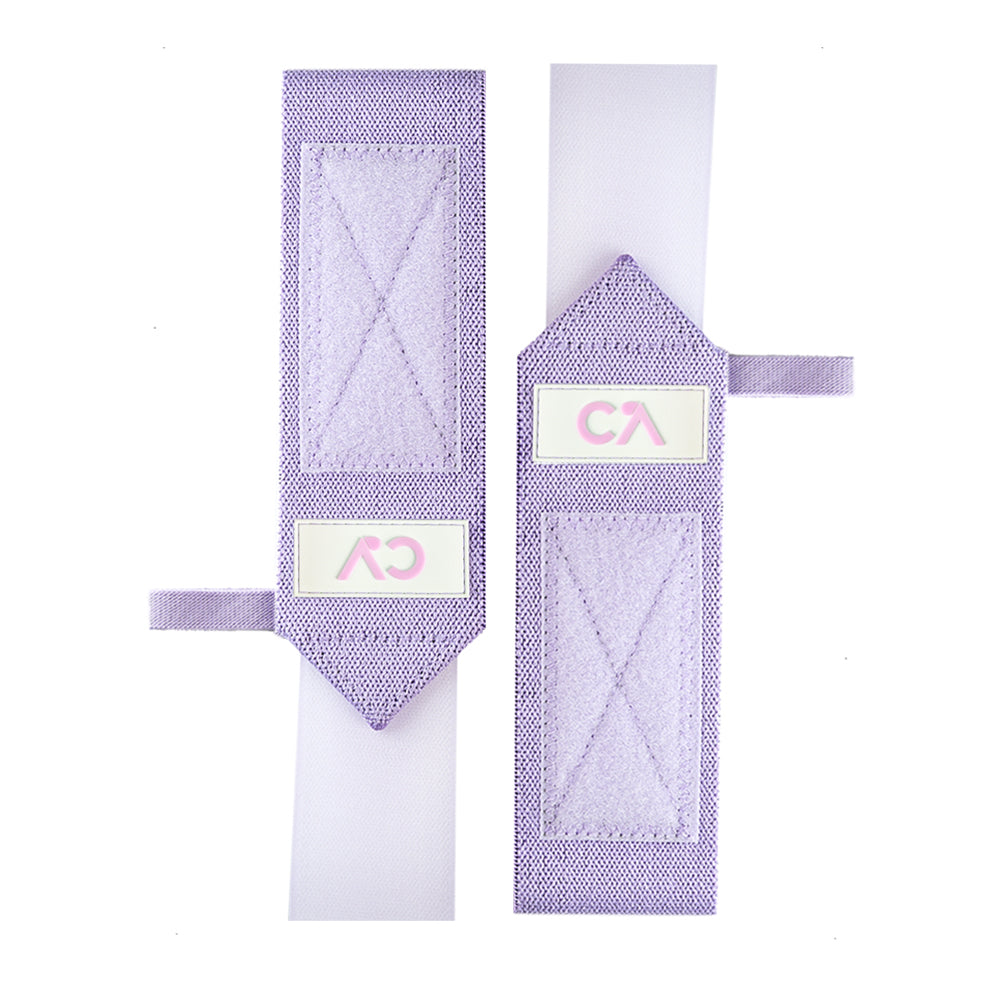
Leave a comment
All comments are moderated before being published.
This site is protected by hCaptcha and the hCaptcha Privacy Policy and Terms of Service apply.